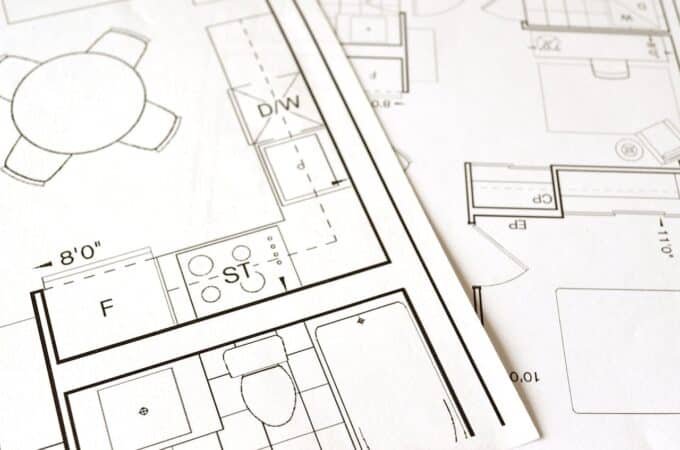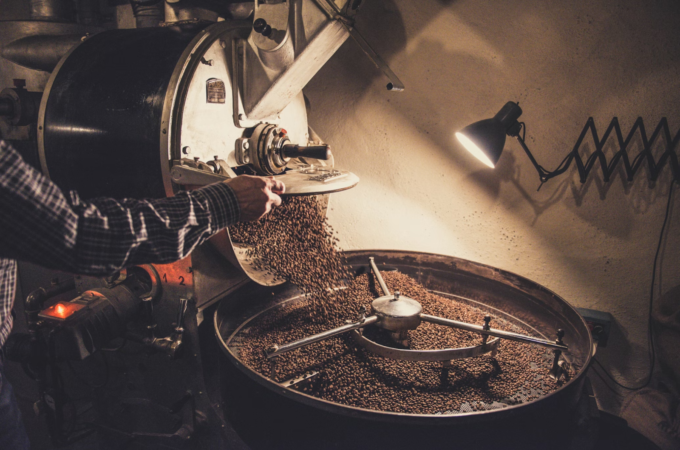
Get to know about the Different Types of Drywall
The sheet stock is used to cover or build wide and flat surfaces. Sheets are typically offered in standard sizes, the most common size is 4 x 8 ft. For protection, some require special screws or nails. Environmentally-friendly sheet fabrics are also available. It is the most traditional composite for walls and ceilings. A rigid sheet is made from compressed gypsum plaster, which is coated with thick paper on either side. There are treated varieties available. Sometimes they are color-coded to facilitate recognition. Some sheets have more than one quality, e.g., resistance to moisture and heat. Square or tapered edges are available in all forms. Here are a few different types of drywall supplies:
Scribing Drywall
This is a way to mark a sheet to match on an undulating surface, such as an uneven wall. The approach discussed here is the basic methodology for the first sheet. For instance, modification of the ceiling and drywalling may be required. If required, use the same approach against an uneven ceiling. Place the sheet so the rough surface is touched. Trim down some wood to cover the distance between sheet and wall. After that, cut one side into a point. Place the pointed end against the rough surface and run along with a pencil to the surface to draw a line.
Square-Edged
These are called standard drywall. Sheets should be padded and plastered against each other. Walls and ceilings should be plaster first.
Taper-Edged
Standard drywall with a tapered end makes the filling easy in joint compounds between gaps. Applications include: wall finishing
Moisture-Resistant
A core is waterproofed but breathable so that the surface can be “breathe” via the surface of the wall. It can be used in bathrooms where the water consumption is high. The Application areas are toilets bathrooms, and kitchen.
Foil-Backed
It is vapor-proof on one hand, so it is less stable than sheets that are resistant to moisture. It has a non-decorative silver foil-like coating. Application: used in cold climates, not used for wet climates with moisture-resistant materials.
Fire-Resistant
It has better quality fireproofing than usual drywall. Uses include garage ceilings integral, some corridors, and escalators.
Abuse-Resistant
A polystyrene coating added to the non-decorative side offers high thermal insulation than natural. They are denser than drywall. They are mostly used in garages.
Soundproof
It has better qualities of soundproofing than most drywalls. Uses included: walls and ceilings in apartments or condos.
Bernardi Building Supplies offers all types of drywalls, visit their website for more information.




